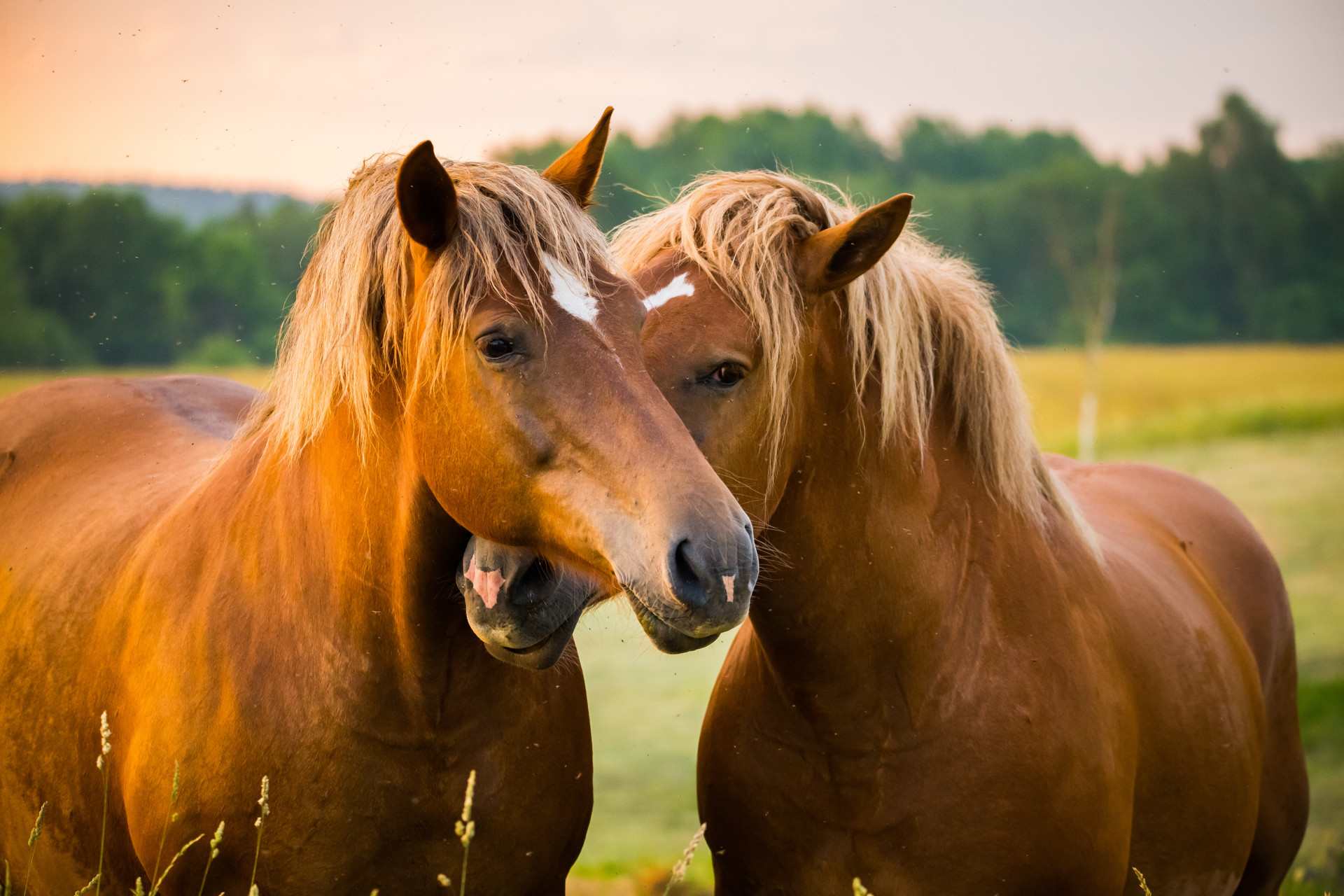Horse behaviour
19 Feb 2020
Behaviour is an often overlooked but very important area; both for making our horses’ lives as stress-free as possible and for ensuring the safety of handlers and vets.
Horses are not inherently “naughty” or “difficult”, they do not behave in a certain way to “test you” or be “the boss” and they have no concept of winning or losing! As prey animals, they are driven by a need to avoid predators and survive. They will therefore react to anything they perceive as threatening; even if this “threat” is just a plastic bag!
Sometimes the things we do routinely as part of a domestic horse’s life (clipping, shoeing, giving injections) can cause them to perceive danger and react accordingly. Our job as their owners and handlers is to desensitise our horses to these experiences and train them to behave in a calm manner.
Unwanted behaviours such as rearing, barging, kicking and biting are usually learnt by horses in order to avoid an object or situation. This behaviour is often inadvertently reinforced by us, e.g. the clippers are removed when the horse rears up, the vet’s hand is dislodged from their neck when they barge. Punishment is rarely effective; if more than 2 seconds elapses between the behavior and the punishment, the horse will not make an association between the two events. It is easy to make a horse fearful and confused in this way.
In order to work towards getting the behaviour we want (e.g. standing calmly), we need to let the horse know when they are behaving correctly. This can be by either positive reinforcement (giving a treat, scratching the withers), negative reinforcement (taking away whatever it is they find aversive, e.g. clippers) or a combination of both.
Clicker training can be very useful in conjunction with these techniques. The horse is first trained to associate the sound of the clicker with something pleasant such as food. Once this link is established, the clicker is then used to aid timing as the horse learns a particular behaviour. The click is made as soon as the horse acts in the appropriate way and the reward follows shortly after.
A common mistake that people make when trying to train horses is to rush things or start with too much too soon. When trying to desensitise a horse to something they dislike, it is important to start with that stimulus at a level that they can tolerate whilst remaining relaxed (e.g. the clippers being turned on across the yard). Frequent, short training sessions are the best way to achieve results.
The British Equine Veterinary Association, BEVA, produced a series of short videos last year which demonstrate how to approach training for common problem areas such as injections, clipping, worming, standing still for examination, leading and trotting up in hand. Just search for eBEVA or “Don’t Break Your Vet” on YouTube to see these techniques put into practice.
If you are struggling with your horse’s behaviour, remember that we are here to help you. Sudden or unexpected changes in behaviour can sometimes be due to underlying pain, but even if pain is ruled out we can provide advice on the best way to deal with your concerns.
Amy Clark BVSc MRCVS

We are here to help
If you are struggling with your horse’s behaviour, remember that we are here to help you.Sudden or unexpected changes in behaviour can sometimes be due to underlying pain, but even if pain is ruled out we can provide advice on the best way to deal with your concerns.